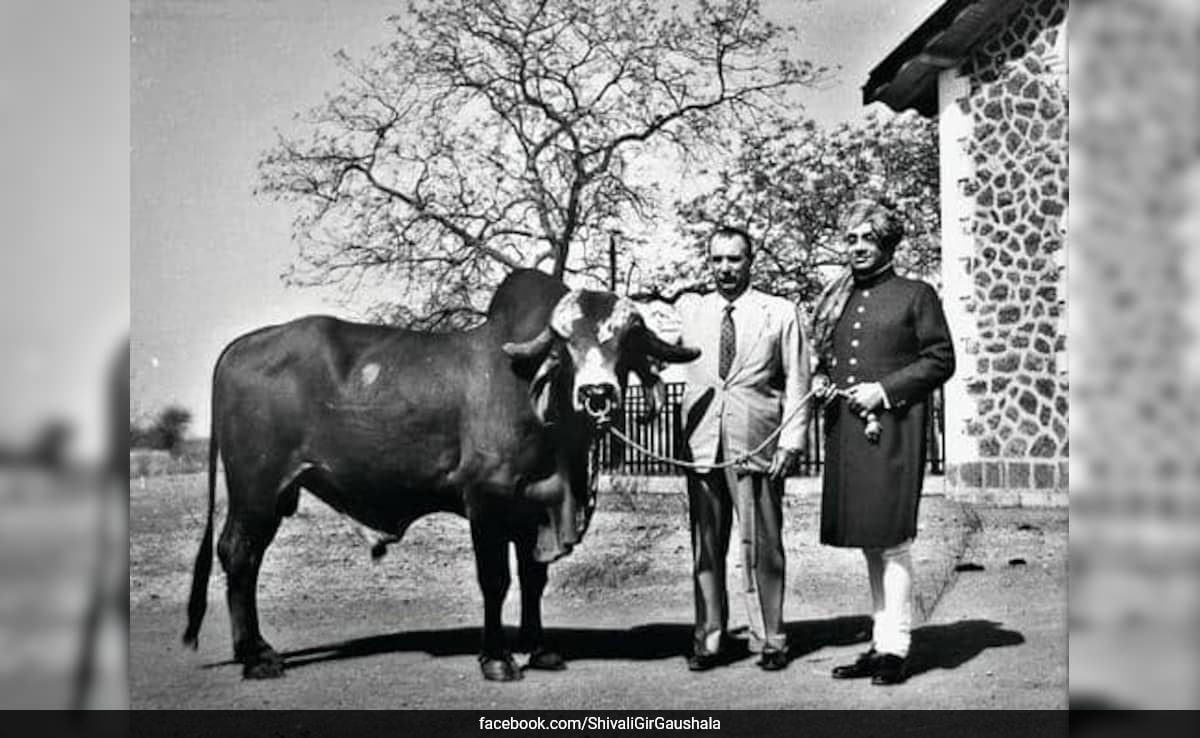2024-09-19 16:29:14

Krishna revolutionized Brazil’s dairy industry.
In 1958, Brazilian cattle baron Celso Garcia Sid sent cowboy Ildefonso dos Santos to India to find a bull that could enhance Brazilian livestock, according to the BBC. Cid was browsing through photographs when he fell in love with a calf named Krishna: his coats were reddish white and his horns hung downward. Cid immediately ordered the purchase of this wonder bull. That was in 1960 when the wonder bull from India arrived in Brazil.
During that time the cowboy had described him as “colossus”. “Nothing that is said about this animal can reveal anything-it is a colossus,” he had said.
According to BBC, Krishna, gifted by the Maharaja of Bhavnagar, proved to be a genetic revolution in Brazil cattle market, with an elevated value to the Gir breed that is now counted as one of the most valuable breeds in the bovine embryo market. His lineage forms 80% of Brazil’s milk production. The government of India has even approached Brazil seeking help to import the breed back into India, from where the breed nearly vanished due to failed crossbreeding attempts.
According to Guilherme Sachetim, grandson of Cid, Krishna is the turning point in the history of livestock farming in Brazil. “He renewed the national dairy cattle’s blood at the time when inbreeding was restraining productivity,” he said.
In fact, the advancement of genetic improvement techniques enabled Krishna’s high-performance DNA to spread in all directions throughout Brazil. “Millions of people have enjoyed this import,” he told BBC.

The Preserved Legacy of Gir Bull Krishna and Celso Garcia Cid.
The tale of Krishna links Brazil to India’s glorious heritage of cattle breeding during the Maharajas’ regime who came up with such breeds that are resistant to lion attacks. The legacy of Krishna continues to shape Brazil’s dairy industry, however, for the betterment of millions across Americas.
This friendship with the Maharaja of Bhavnagar, because of his state and philanthropic gesture, helped change the landscape of dairy industry in Brazil for good. He paid a visit in the early 1960s to Celso’s farm in Sertanopolis, and before his death, he left all his cows to him. This not only deepened the friendship but also placed the start for huge progress in Brazilian livestock.
Legendary bull Krishna, which played such an important role in this process, left a legacy of his own. After his death, Cid embalmed Krishna’s body in a glass coffin and preserved it in the farmhouse, where it remains even to this day. A sign on which someone heaved between Krishna’s paws reads: “Want to meet Gir? Watch me!”-testament to the monumental influence of the bull on the breed.
Today, an excellent Brazilian Gir can produce as much as 20 litres of milk per day. Ten times more than the original cattle brought to Brazil nearly one century ago, this indicates a significant leap in productivity. But these leaps in productivity reflect the spectacular impact Krishna and following breeding programs made on the dairy sector and really improved many farmers’ lives across Brazil.
Celso Garcia Sid,Ildefonso dos Santos,Krishna bull,Gir breed,Brazil cattle market,Maharaja of Bhavnagar,Brazilian dairy industry
Source link
8 total views , 1 views today
